
Tapis de décontamination (4 x 30 feuilles)
- Karton mit 4 Matten à 30 Einwegfolien Karton mit 4 Matten à 30…

Nous contacter : 01 48 01 32 89

HYGITECH Academy invites you to watch this clinical case on dental implant placement after bone...
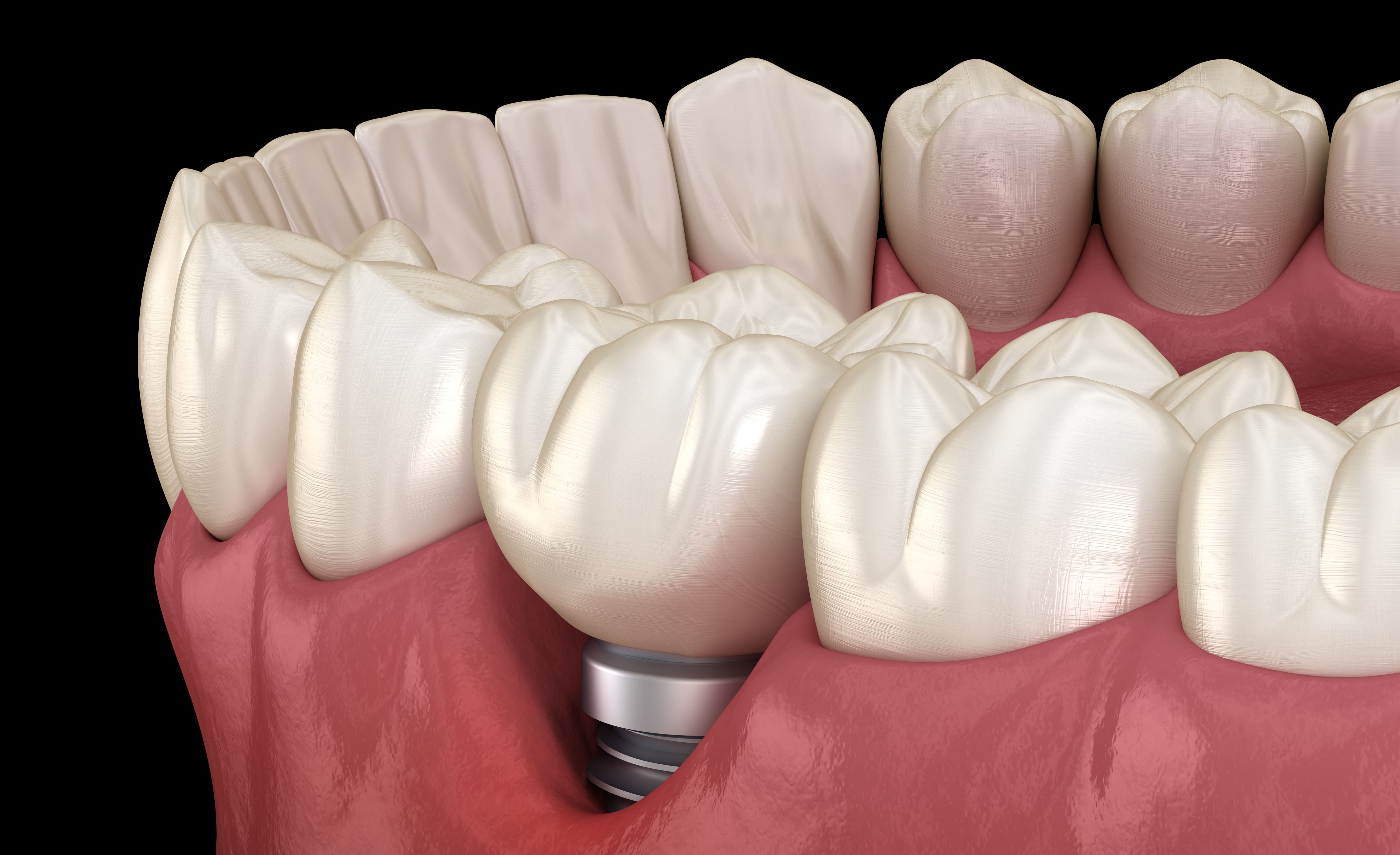
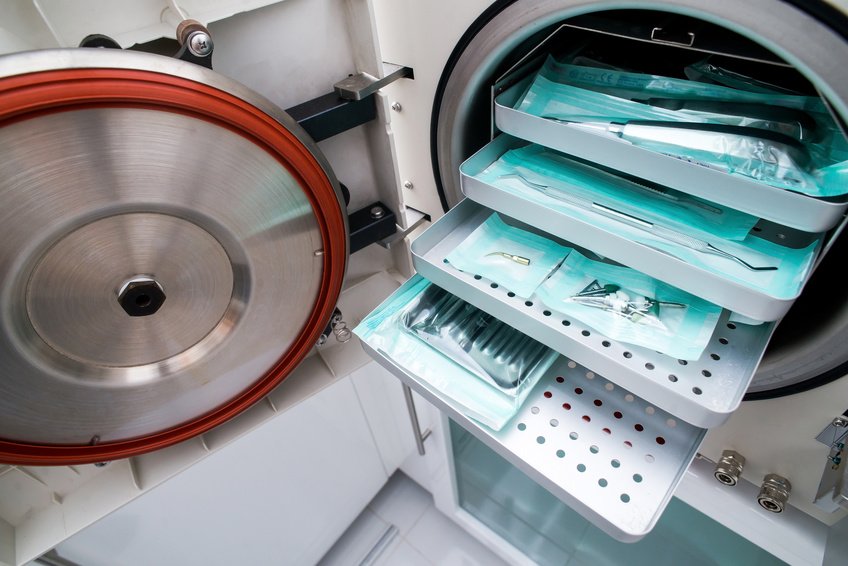
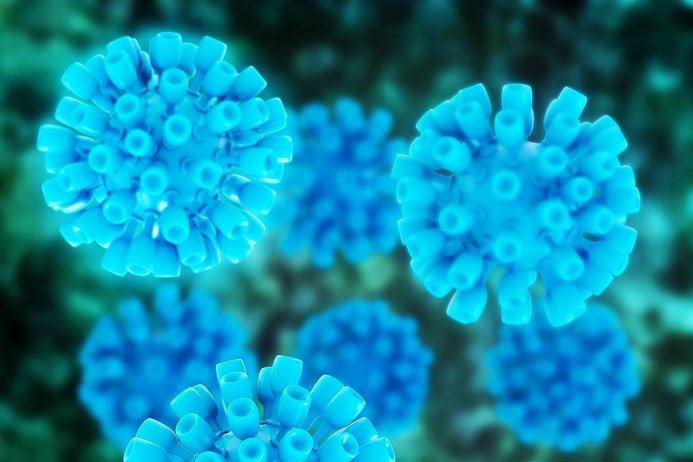
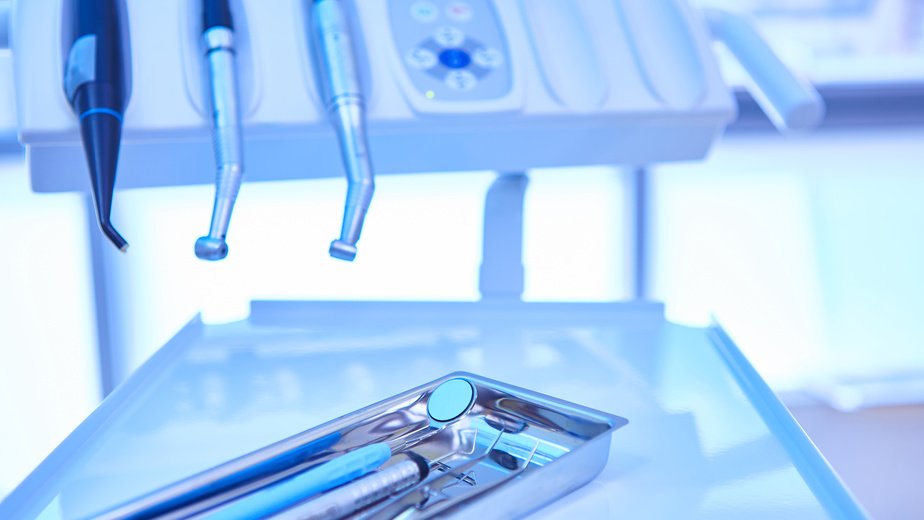
Pre-disinfection of dental instruments is a crucial step in the decontamination chain, aimed at reducing microbial load before thorough cleaning and final sterilization. This step helps minimize the risk of infection transmission and ensures the safety of both healthcare personnel and patients. The use of liquid solutions for pre-disinfection is one of the most common and effective methods to achieve this goal.
Pre-disinfection serves to:
Reduce microbial load: Instruments are often contaminated with bodily fluids (saliva, blood) or biological tissues. Pre-disinfection aims to quickly eliminate the majority of microorganisms before deep cleaning and sterilization.
Facilitate subsequent cleaning: By loosening dirt and breaking down organic deposits (blood, saliva, etc.), pre-disinfection makes the cleaning process more efficient and less hazardous.
Protect healthcare personnel: Handling potentially contaminated instruments exposes staff to biological risks. Pre-disinfection reduces these risks, particularly during the transport of instruments to the cleaning and sterilization area.
Liquid pre-disinfection solutions are antiseptic products, usually in the form of sprays or immersion baths, designed to decontaminate instruments before mechanical or manual cleaning. These solutions must have a broad spectrum of action, capable of destroying or inactivating microorganisms such as bacteria, viruses, fungi, and spores. Additionally, they must be compatible with the materials of the instruments (metal, plastic, etc.) and must not alter their functional properties.
Liquid pre-disinfection solutions generally act through several mechanisms:
Chemical action: Pre-disinfection products contain active ingredients such as chlorine agents, alcohols, aldehydes, or quaternary ammonium compounds. These substances disrupt the cellular membranes of microorganisms, leading to their inactivation.
Enzymatic action: Some solutions contain specific enzymes that break down proteins, fats, and other organic materials, facilitating the removal of biological residues.
Detergent action: The surfactant properties of the products help dislodge dirt and make the cleaning process easier.
Liquid pre-disinfection solutions can be applied in two main ways:
Pre-disinfection bath: Instruments are immersed in a pre-disinfection solution immediately after use. This method is effective for multiple and complex instruments. The immersion time must comply with the solution manufacturer’s recommendations to ensure optimal decontamination.
Spraying: Instruments are covered with the pre-disinfection solution using a spray, particularly useful for smaller instruments or those that cannot be immersed. This method is ideal for instruments with complex shapes, such as forceps or curettes.
The pre-disinfection duration depends on the product used and the manufacturer’s instructions, but it generally ranges from 5 to 15 minutes. It is essential that instruments remain immersed or in contact with the solution for the entire specified time to guarantee effectiveness.
When choosing a pre-disinfection solution for dental instruments, several criteria must be considered:
Spectrum of action: The product must be effective against a broad range of microorganisms (bacteria, viruses, fungi, spores).
Material compatibility: It must be compatible with the various materials of dental instruments (metal, plastic, ceramic).
Contact time: The product must be effective within the recommended contact time, ensuring safety for patients and staff.
Ease of use: The product should be easy to apply and not require complex equipment.
Non-toxicity: The pre-disinfection solution should not be toxic to healthcare personnel or patients.

To ensure optimal pre-disinfection of dental instruments:
Immediately immerse instruments in the pre-disinfection solution after use to prevent organic matter from drying and becoming harder to remove.
Respect the immersion times recommended by the solution manufacturer to maximize product effectiveness.
Handle instruments with gloves and appropriate protective equipment to minimize the risk of exposure to infectious agents.
Follow a strict cleaning protocol after pre-disinfection, using appropriate methods for effective cleaning before final sterilization.
Use certified and validated products according to national and international standards, such as EN 14885 standards for decontamination.

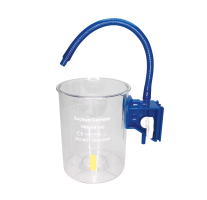
 Protocol of use - mild soap
Protocol of use - mild soap
 Protocol of use - liquid for cold disinfection
Protocol of use - liquid for cold disinfection
 Protocol of use - alcohol free disinfectant for surfaces
Protocol of use - alcohol free disinfectant for surfaces
 Protocol of use - surfaces with alcohol
Protocol of use - surfaces with alcohol
 Sterilisation - Recording
Sterilisation - Recording
